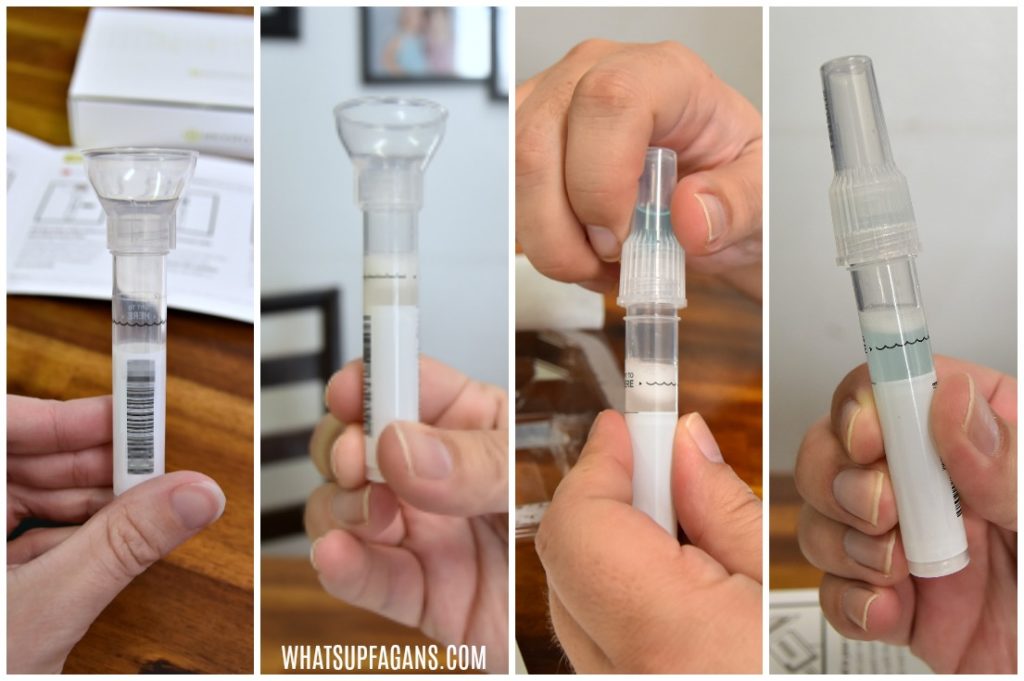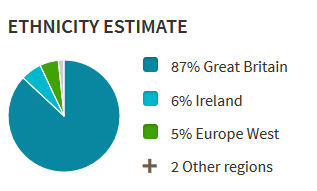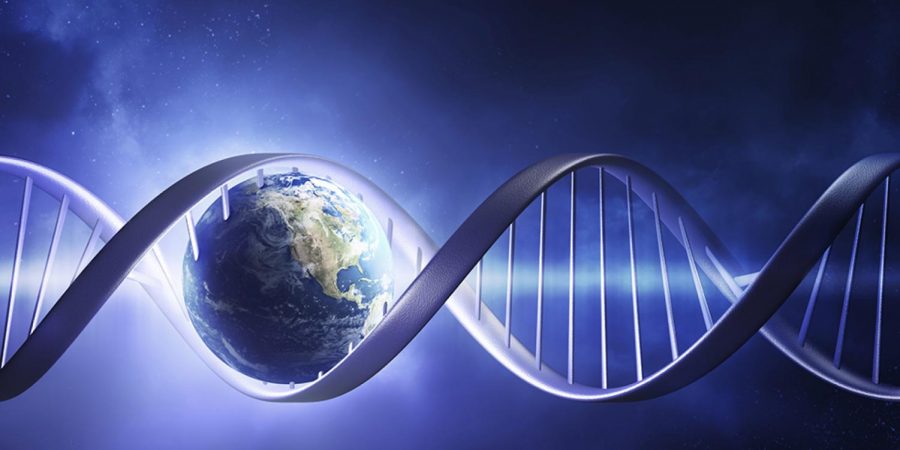Ancestry DNA Testing
Is It Worth the Hype?
March 2, 2018
In light of the past few years, various companies have come forward with the promise of providing you with insight on your DNA and ancestry. Many people are curious about their ethnic origins, and want to know more about where they came from.
It all begins with a saliva sample, in which you spit in a tube and activate a stabilizing liquid. You then send this sample back to the headquarters of whatever respective DNA service you use, and wait approximately 6-8 weeks for your results.

So how does it work? You must be wondering. It is nearly impossible to give an exact estimate of someone’s genetic breakdown. Instead, reference samples of individuals with known ancestry are used to compare to your own DNA samples. If your raw DNA matches someone from the reference data, it is assumed you are of the same or similar ethnic group. There are many reasons for why someone might take part in genetic testing. Nathalia Rodriguez, a student from LHS says “I am from DR, a place with a lot of mixed ancestry, and I want to know exactly where I am from.” For people from areas in the Caribbean, such as DR, and Latin America, where European colonists, African slaves, and indigenous populations mixed to create such a diverse population, curiosity often arises about their exact ancestry, hence why these services are especially beneficial to them. For individuals who are adopted, or do not know one parent, DNA testing gives them insight on their ancestors, and their true ethnicity.
Here is an example of a pie chart breaking down someone’s ancestry:

Various services exist to provide genetic testing for ancestry. The two main popular services are 23andMe along with AncestryDNA testing. Ancestry DNA is cheaper, coming in at $79, whereas 23andMe costs $99 for just Ancestry testing, and $199 for DNA reports regarding your health along with ancestry. Both services mainly target their efforts towards those of European ancestry, as they are the most common customers. For customers who derive their ancestry from Asia, such as myself, the DNA is only broken down into subgroups such as East Asia, West Asia, and South Asia, instead of specific groups. Through more people of such ancestry taking part in DNA testing, they hope to expand their services and reference data, to better suit the needs of their customers.
For individuals of African American descent, these DNA results often provide a shock and sad insight into the history of their ancestors. Through slavery, many West African women were raped by white plantation owners, thereby producing mixed children. Many African American customers of DNA services, who believe they will have 100% West African DNA, are surprised to see rather significant amounts of European ancestry, despite mixing occurring many generations ago, due to this dark history.
On the contrary, many white customers of DNA testing are shocked to see a lack of DNA from specific regions. Many white Americans have oral traditions within their family regarding a story of a “Cherokee Princess”, being a distant ancestor. Unfortunately, these stories are often refuted or at least questioned, when a DNA test shows they have 0% Native American DNA. Overall, these DNA tests are an interesting and wonderful way to gain knowledge about your ancestors and ethnicity.

